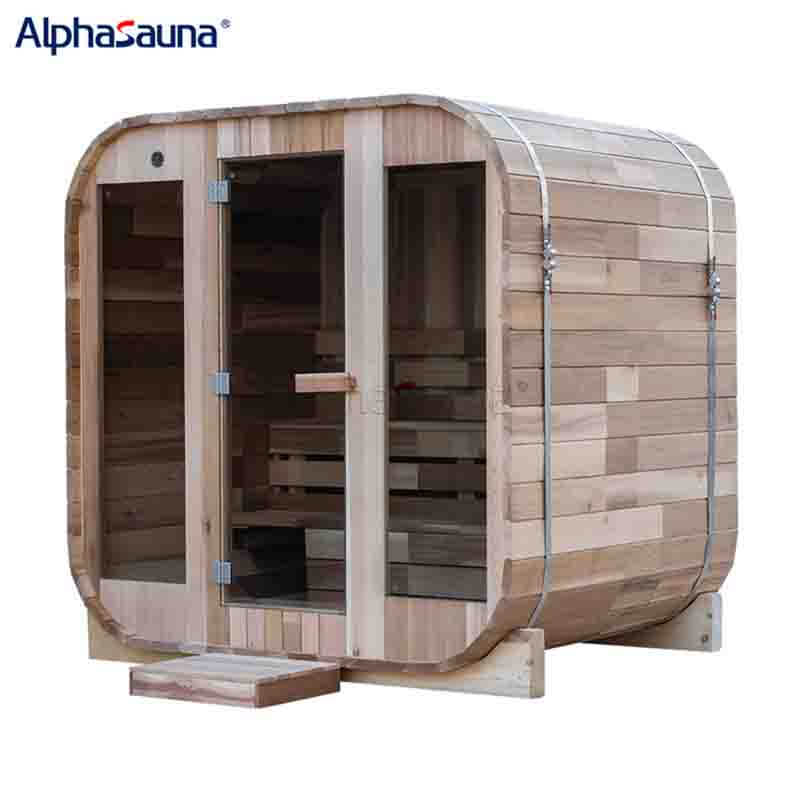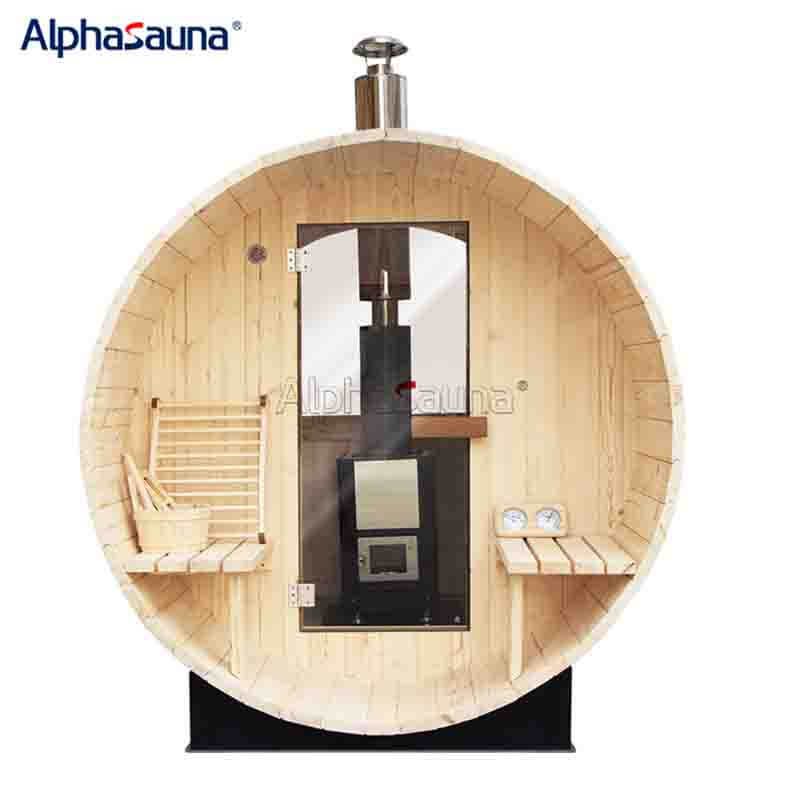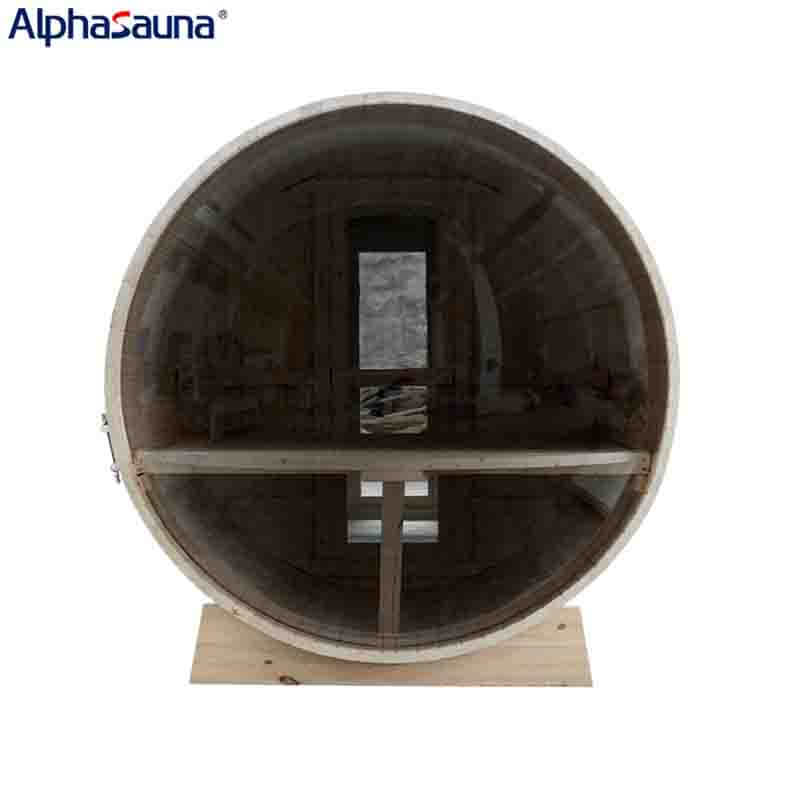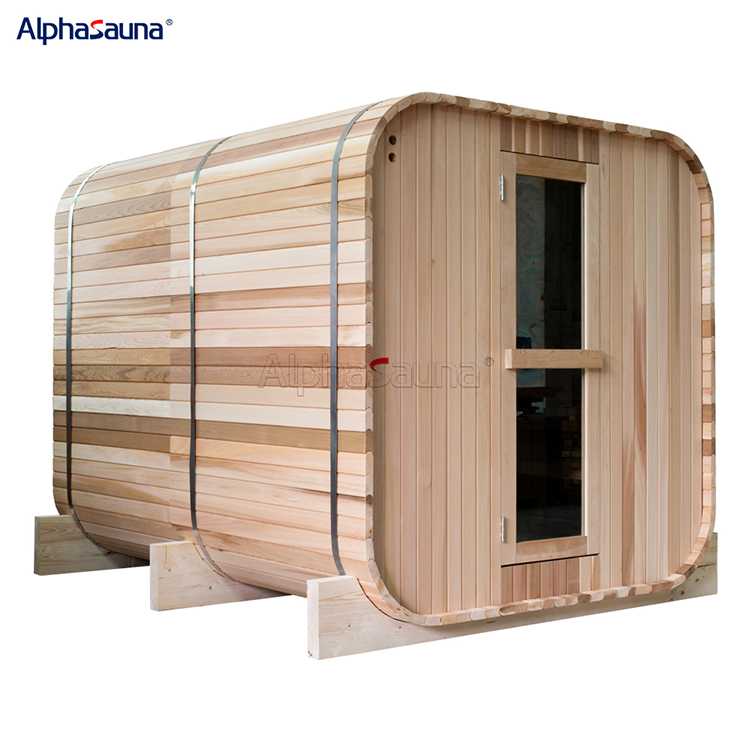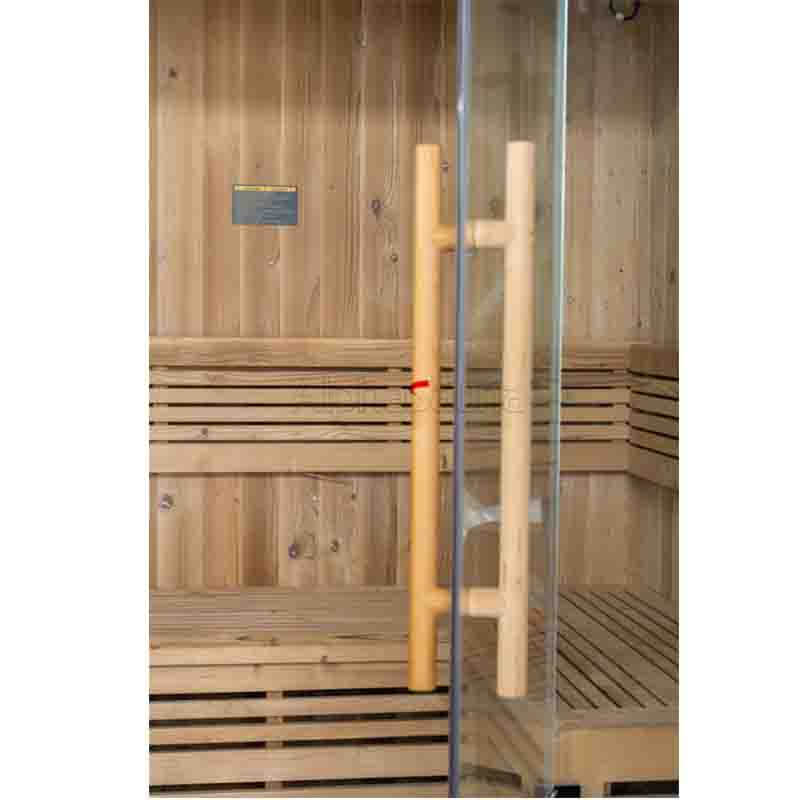ALPHA SAUNA & SWIMMING POOL SUPPLIER CO.,LTD
How to use sauna and steam room?
How to use sauna and steam room?
Saunas and steam rooms are both thermal therapy facilities designed to apply heat to the body, but they have distinct differences including the method of heat generation, humidity levels, and overall
experience. Let's delve into saunas and steam rooms, and explore how to use them effectively.
Before using a sauna, it's advisable to take a shower to thoroughly clean the body and remove dirt and chemicals. It's also important to stay hydrated by drinking plenty of water to maintain body fluid
levels and avoid dehydration. The duration of stay in the sauna should not be excessive, typically ranging from 10 to 20 minutes, and can be adjusted based on personal preferences, health conditions,
and comfort levels. If you feel uncomfortable during the sauna session, it's recommended to leave the sauna immediately and rest in a well-ventilated area.
Similarly, before using a steam room, it's best to take a shower and cleanse the body to ensure open pores for better steam absorption. The duration of stay in the steam room should also be moderate,
typically ranging from 15 to 30 minutes, depending on individual health conditions and preferences. If you experience any discomfort during the steam session, it's important to exit the steam room promptly
and rest in a comfortable environment.
Whether in a sauna or steam room, it's crucial to pay attention to one's health condition and avoid prolonged stays that may have adverse effects on the body.
Is sauna good for sore throat?
Sauna can offer some benefits for a sore throat, but its effects vary from person to person due to differences in individual constitution and physical condition. The high temperature environment of a
sauna can promote blood circulation and lymphatic flow, accelerate metabolism, help alleviate fatigue, and reduce stress. In the high-temperature and high-humidity environment of saunas and steam
rooms, the body sweats profusely, aiding in the elimination of waste and toxins, thereby purifying the body, which may help relieve a sore throat. Additionally, the hot air in saunas and steam rooms
can help open the airways, promote breathing, and alleviate sore throat and other respiratory discomfort. While sauna may be helpful for a sore throat, it should be used in conjunction with one's own
physical condition. Sauna alone cannot directly treat a sore throat. If a sore throat is accompanied by fever, coughing, phlegm, or difficulty breathing, medical attention should be sought at a hospital to
prevent worsening symptoms. When using a sauna, it's also important to replenish fluids to prevent dehydration and aggravation of symptoms such as a sore throat.
How to Use a Sauna with an Outdoor Sauna Stove?
The usage method of a traditional sauna with an outdoor sauna stove differs from that of a conventional sauna room. Below are the basic steps for using a traditional sauna with an outdoor sauna stove:
1. Prepare the sauna stove: When using a sauna stove, ensure proper ventilation in the sauna room and sufficient space. Prepare the appropriate fuel or power source according to the type of sauna stove,
which typically includes electric heating, wood charcoal, natural gas, etc.
2. Ignite the sauna stove: For an electric heating sauna stove, switch on the power in the sauna room and adjust the temperature and timer settings. If using a wood charcoal or natural gas sauna stove,
follow the instructions to ignite it, adjusting the temperature inside the stove as needed to ensure sufficient and even flames.
3. Heat up the sauna room: Wait until the sauna room reaches a certain temperature, usually between 70 to 100 degrees Celsius, and adjust the temperature and heating time of the sauna stove according
to personal preferences to maintain a constant temperature inside the sauna room.
4. Increase humidity by adding water: You can add water to the sauna stove's stones or reservoir in the sauna room to increase humidity and enhance the comfort of the sauna experience. However,
be cautious not to pour water directly onto the stones to avoid accidents.
5. Once everything is ready, enter the sauna room and enjoy the sauna experience, but remember to limit the time spent in the sauna room, typically around 15 to 20 minutes.
6. Turn off the sauna stove: After use, turn off the sauna stove or disconnect the power. For wood charcoal sauna stoves, ensure the flames are extinguished and the stove cools down before moving it.
7. Regular maintenance: Regularly clean and maintain the sauna stove to extend its lifespan.
These are the basic steps for using a sauna stove. It's advisable to follow the instructions provided to prevent accidents due to improper use.
Differences Between Sauna and Steam Room
The sauna generates hot air by heating stones or a sauna stove, elevating body temperature through the heated air. Conversely, a steam room creates a high-temperature, high-humidity environment
by emitting water vapor, increasing the body's humidity. Therefore, saunas typically have lower humidity levels, ranging from 5% to 20%, and higher temperatures, usually between 70°C to 100°C, with
dry air, catering to those who prefer dry heat. Steam rooms, on the other hand, feature higher humidity levels, typically around 100%, and relatively lower temperatures, usually between 40°C to 50°C,
with air filled with steam, appealing to those who prefer moist heat environments. In a sauna, the hot air induces profuse sweating, aiding in the expulsion of dirt and toxins, cleansing the skin, and relaxing
the body. In a steam room, the high humidity may make breathing more challenging, but the moist heat environment helps open pores, promoting skin detoxification and hydration.
Types of Saunas
1. Traditional Sauna:Constructed primarily from wooden materials, traditional saunas commonly feature heating stoves or sauna heaters. These saunas heat up by warming stones, producing steam and
heat to elevate the sauna room's temperature. They are prevalent in Finland and Nordic regions.
2. Infrared Sauna: This type of sauna emits infrared radiation directly into the skin, elevating body temperature, suitable for those who prefer lower temperatures and less dry environments.
3. Hybrid Sauna: Combining different heating methods, such as utilizing both traditional sauna stoves and infrared heating systems, hybrid saunas enhance the sauna experience and effectiveness,
catering to those with high demands for sauna experiences.
4. Electric Sauna: Typically constructed from wood materials, electric saunas heat the air inside the room using electric heating, making them easier to install and control the temperature. The temperature
inside the sauna can be adjusted as needed, suitable for individuals with higher temperature requirements.
The above are some common types of saunas, each suitable for different scenarios. It's essential to select one based on personal needs and environmental factors. Alpha Sauna offers various sauna types
with unique styles, multiple size options, and built with high-quality materials such as cedar, pine, spruce, and thermally treated wood. We offer both outdoor and indoor saunas, providing a relaxing and
comfortable environment. Choosing our products will undoubtedly deliver a unique sauna experience.
Types of Steam Rooms
1. Traditional Steam Room: Typically constructed from waterproof materials like tiles or plastic panels, traditional steam rooms often feature steam generators. These generators heat water to produce
steam, raising the temperature inside the steam room, ideal for those who enjoy high-temperature and high-humidity environments.
2. Steam Shower Room: Combining the functionalities of both a shower and a steam bath, these steam rooms allow users to enjoy both sauna and shower experiences simultaneously.
Whether traditional steam rooms or steam shower rooms, they are designed to provide a comfortable sauna experience. They can be customized based on individual needs for size, design, functionality,
and purpose to create a personalized steam room. Alpha Sauna aims to provide customers with a comfortable and relaxing sauna environment. You can explore and purchase Alpha steam rooms.
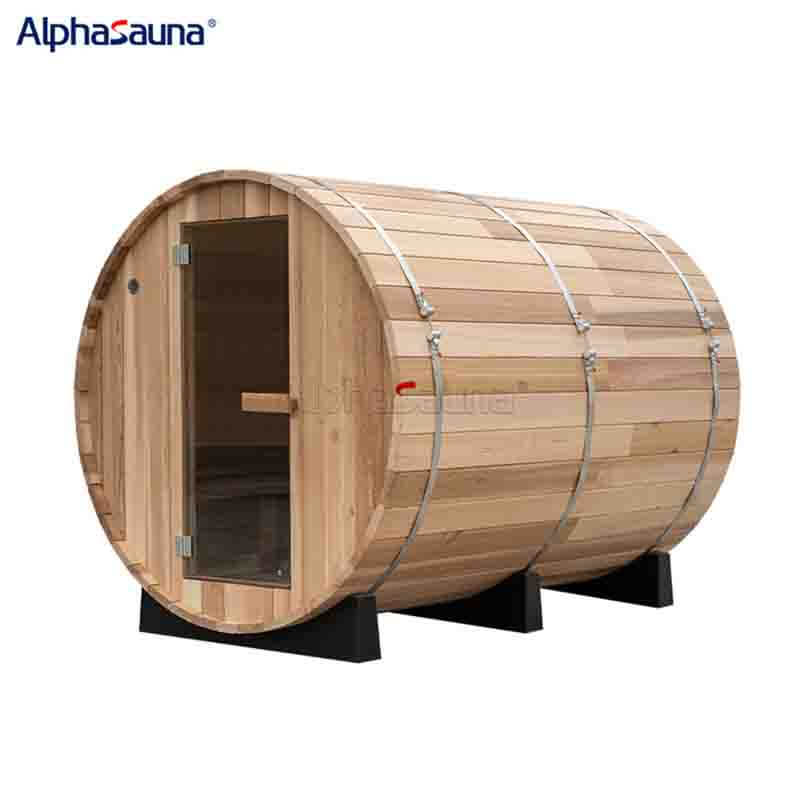

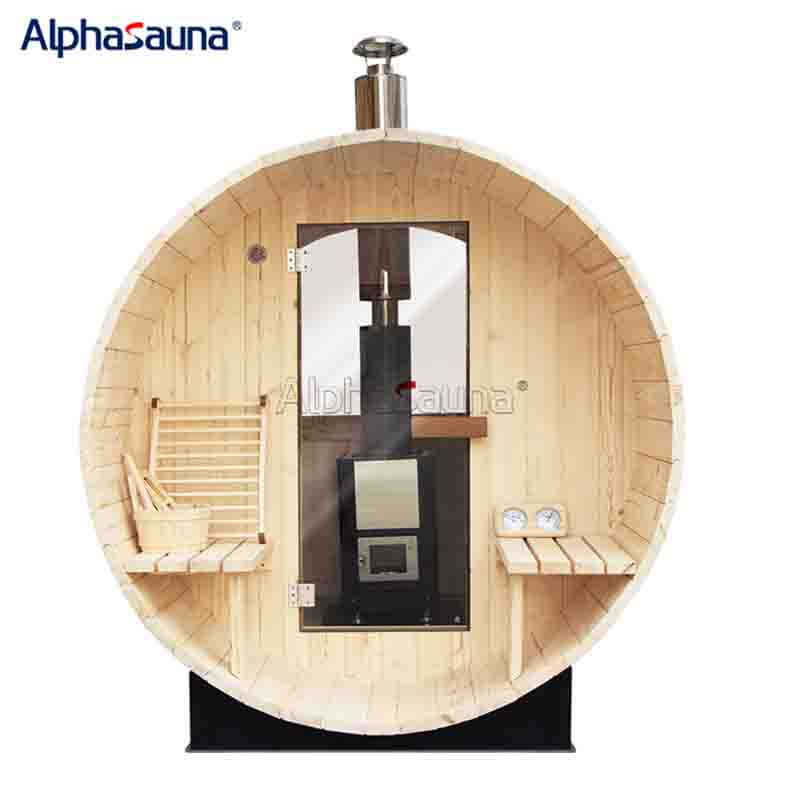
Here are my thoughts on saunas and steam rooms:
While the design and effects of saunas and steam rooms may differ, both are intended to provide a comfortable and relaxing sauna environment. Therefore, one can choose the type of sauna room they
prefer based on their preferences and needs. Of course, customization is also an option, allowing individuals to tailor the sauna to better meet their requirements and fully experience the enjoyment
brought by sauna therapy.

